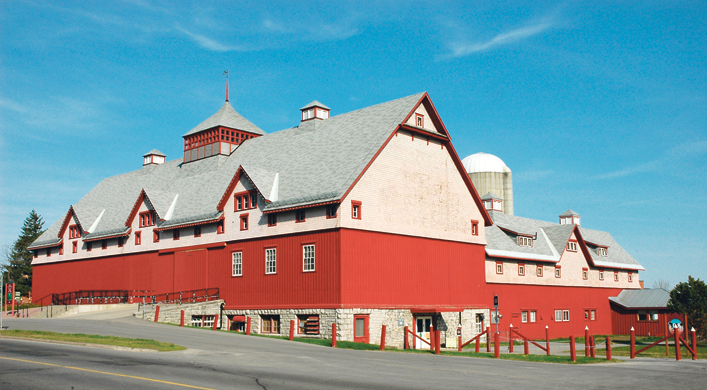The new Secret Life of Soil exhibit is designed to teach the public about soil’s role in growing healthy crops and food
When visitors enter the Canada Agriculture and Food Museum in the next couple years, they will get a sense of what it’s like to be immersed in a world of healthy soil.
The museum, located in Ottawa, is in the preliminary stages of creating The Secret Life of Soil exhibit, an initiative that aims to teach people about soil’s role in growing healthy crops and food.
“A lot of people don’t realize the bacteria, organisms and all kinds of living elements in soil,” said Kerry-Leigh Burchill, director general of the museum.
“It’s not just dirt. It’s something we need to take care of in the form of conservation and management.”
The exhibit is expected to be ready by summer 2020. Once open, it’ll feature roughly 3,000 sq. feet that’s dedicated to soil, delving into topics such as the nutrient cycle, how ecosystems work, and how farmers grow crops, among others.
It’ll also touch on management practices, such as no-till, precision agriculture, organics, bio-stripping and traditional methods.
“With soil, we felt it was a relatable topic for everyone,” Burchill said. “Soil grows things that we need for food, fibre, fuels and medicine. There are all these products we use from agriculture.”
Along with having a permanent exhibit, there will be a travelling display that will go across the country to teach Canadians about soil.
It could be shown in hospitals, conference centres, airports, malls or other museums across Canada, Burchill said.
As well, museum staff will put together educational material that can be taught to students in classrooms.
“We want to make sure we have lots of information and that we are finding ways to reach new audiences.”
Read Also

VIDEO: Bittersweet harvest for this family farmhand
Bruce Burnett helps his brother harvest wheat and canola for the last time on the family farm in Manitoba where they both grew up.
She said the museum has developed an advisory council to help shape what the exhibits and educational materials will look like. The council will be made up of soil scientists, academics, environmental groups, government agencies and farm groups.
“We will want to make sure it will be a balanced story and have a balanced approach when tackling this topic,” she said.
Once operational, the permanent and travelling exhibits are expected to last for five years.



















